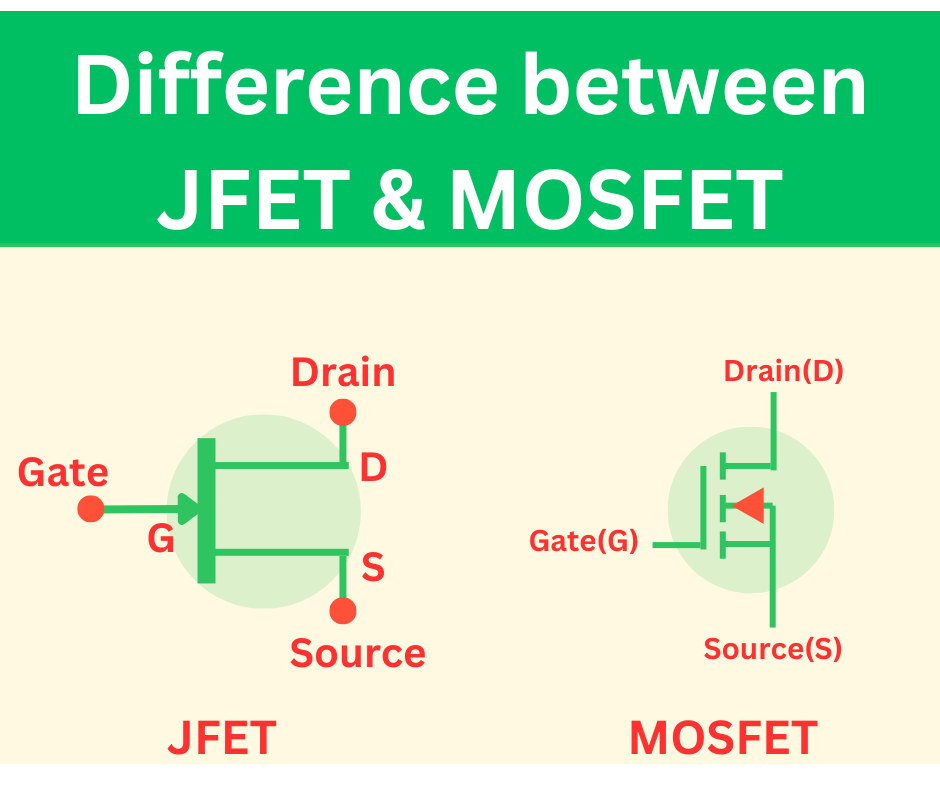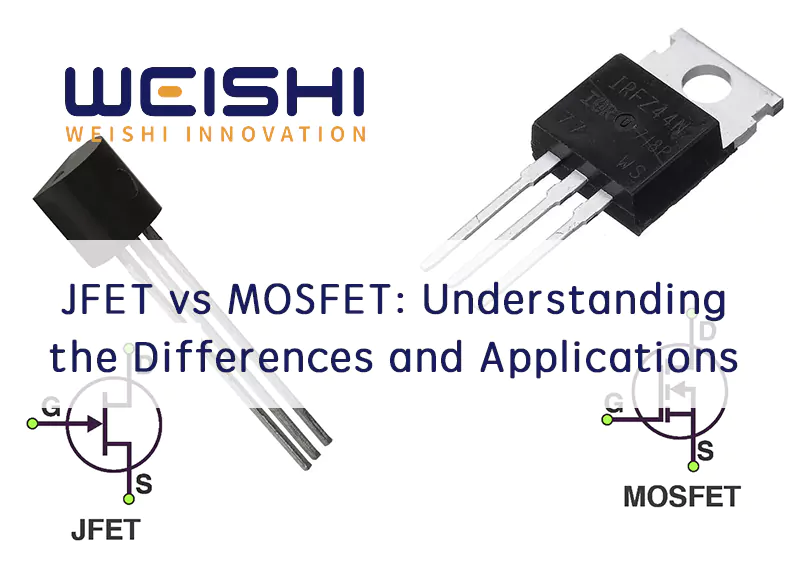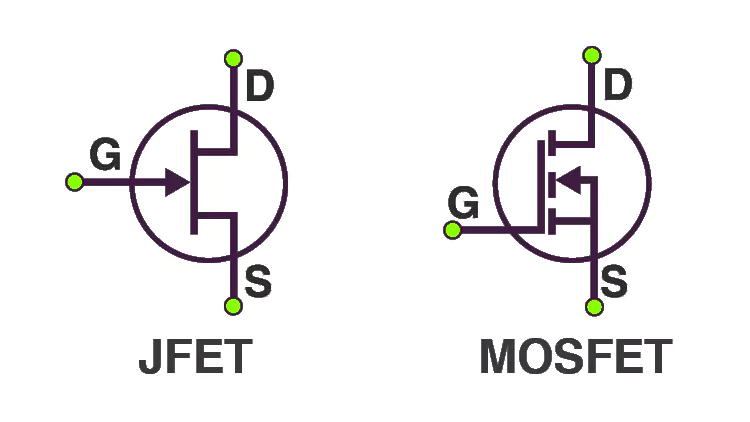Well now, let me tell ya about these two things, JFET and MOSFET. Folks might be confused about ’em, so I’m gonna try and make it simple, just like talkin’ to the chickens out in the yard.

Both JFET and MOSFET are them little gizmos used in electronics to control current or voltage, but they ain’t the same thing. Nope, they’re different in how they work and how they look. So, let’s break it down so folks can get it.
What’s a JFET?
Well, JFET stands for Junction Field-Effect Transistor, a fancy name, but it’s really just a little thing that controls current flow through a channel. The way it works is like this: you got a gate, right? And this gate controls how much current flows through the channel. But here’s the kicker – the gate’s connected directly to the channel, and when you apply a reverse bias, it makes the channel narrower or wider, dependin’ on how much voltage you put on it. Ain’t too complicated if you just think about it like a valve on a water pipe, squeezin’ the flow more or less.
Now, What’s a MOSFET?
On the other hand, you got a MOSFET, which stands for Metal-Oxide-Semiconductor Field-Effect Transistor. A bit more of a mouthful, but it’s got a metal-oxide layer sittin’ between the gate and the channel. This layer acts like a little insulator, which means no current can flow from the gate into the channel. The gate controls the flow of charge carriers (that’s just a fancy way of saying it controls the flow of electricity) through the channel, but it don’t let no current actually flow through the gate itself. Makes it more efficient and a bit easier to use in them fancy circuits.

How They Work Differently
One big difference between these two is how they control the conductivity. For the JFET, it’s all about that reverse bias at the gate, and it narrows the channel, limiting how much current can pass. But for the MOSFET, the conductivity is controlled by the charge carriers that are induced in the channel by the voltage on the gate. The MOSFET gives more control over the current, and it can handle more signal. So if you need somethin’ with a little more power, MOSFET’s your friend.
Size and Power Consumption
Now, MOSFETs, they’ve got the upper hand when it comes to size and power. Since you can make ‘em smaller, they’re used a lot in them modern electronics like computers and mobile phones. They don’t use up as much power either, which is why they’re all over the place in your gadgets. JFETs, well, they’re a bit more limited in that department. They’re usually used when you don’t need as much power and when you can keep things simple.
Switchin’ Speed

Another thing – MOSFETs can switch on and off faster than JFETs. This makes them better for high-speed applications like in them computer chips, where everything needs to happen quick. JFETs are slower, so they don’t really shine in them fast-paced environments.
Differences in Terminals
Both of ‘em have three main terminals: source, drain, and gate. But here’s a thing – the way the gate works in the MOSFET is different than in the JFET. The MOSFET’s gate is insulated from the channel, while the JFET’s gate is directly connected to the channel. This makes MOSFETs a bit more reliable in terms of preventing current from flowing into the gate, so they don’t waste energy.
How They’re Made
Now, makin’ ‘em – that’s another story. MOSFETs are made with a process called oxidation, where they get a nice metal-oxide layer. This is easier and cheaper to do, which is why you see MOSFETs used in so many devices. JFETs, they ain’t as easy to make and they don’t scale down as well. That’s why MOSFETs are the choice for a lot of modern electronics.

What to Pick?
Well, if you just need somethin’ simple and don’t care about power or speed, a JFET might do the job. But if you’re lookin’ for somethin’ that’s small, power-efficient, and fast, you’ll want a MOSFET. Ain’t no doubt about it. For big ol’ circuits with lots of devices on ‘em, MOSFET’s the way to go.
So there you have it! JFET and MOSFET, both important in their own way, but one’s just a little more useful for the fast-paced world of today’s tech. Hope that clears things up for ya!
Tags:[JFET, MOSFET, Field-Effect Transistors, Electronics, Transistor Comparison, JFET vs MOSFET]

